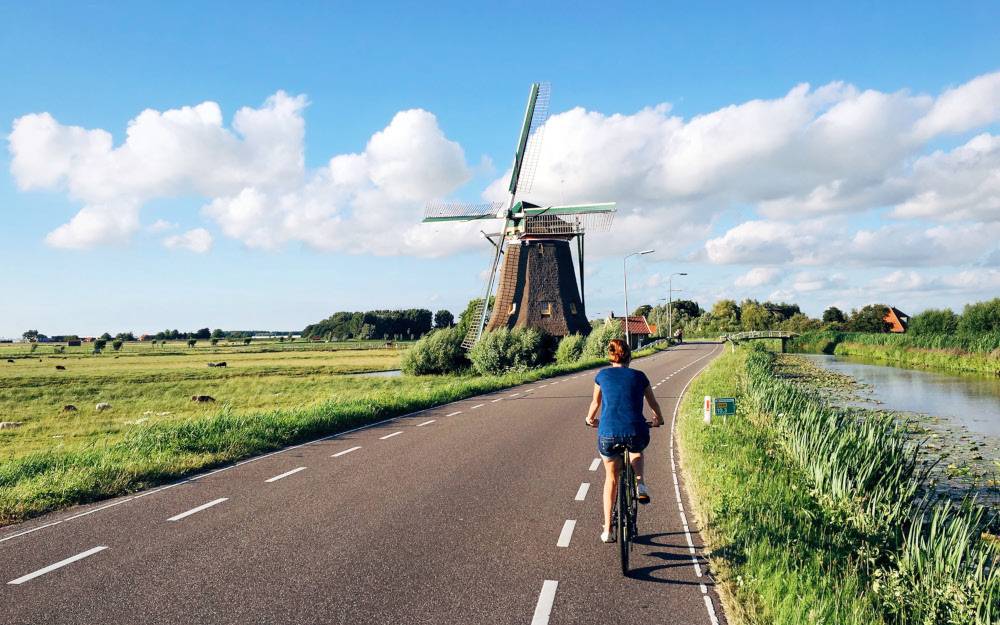Flight Centre’s hot-off-the-press whitepaper on 2023’s biggest trends has revealed solo female travellers are a formidable force shaping travel and tourism.
“If 2023 has shown us anything, it’s that solo female travellers are fearlessly carving their own path through the travel landscape,” says Antionette Turner, GM of Flight Centre South Africa. “We’ve seen this directly — Flight Centre’s most common customer in the past 12 months has been a woman between the ages of 50-59 travelling on her own. It’s clear this niche is one we’d be remiss to overlook.”
This data offers a glimpse of what lies ahead. Are solo female travellers going to become customer number one for the travel industry in 2024?
On the up and up
There’s no doubt solo female travellers are on the rise. According to Flight Centre’s whitepaper, the data from The Travel Corporation’s (TTC) open-age brands (Costsaver, Trafalgar, Insight, and Luxury Gold combined) shows solo travellers are up from 11% pre-pandemic to 15% in 2023. Of these travellers, a whopping 81% are women.

Contiki, another brand under TTC, notes the same trend. Pre-pandemic, only 45% of Contiki travellers were travelling solo, 58% of whom were women. In the same period in 2023, solo Contiki travellers increased to 56%, of which a significant 62% were women.
It’s a trend that’s here to stay. “It’s not only the physical borders that have been opened post-pandemic; the societal borders that have dictated women’s behaviour and prohibited them from venturing out in the past are dissolving too. Women feel empowered to make their own choices and chart their own course ‘unchaperoned’. They’re also more financially independent than ever before,” explains Turner. “Simply put, the joy of travelling and freedom of movement surpasses the challenges.”
Where in the world
Flight Centre’s whitepaper also uncovers the destinations favoured by this type of globe-trotter. Topping the list for women travelling alone was London, followed by Rome, Mauritius and Dubai. They’re also heading to Canada, Namibia and the Netherlands.
“The spectrum of destinations chosen by this group reflects their diversity of interests and preferences. There is no one-size-fits-all,” says Turner. “Having said that, tours remain a favourite for solo South African travellers, especially European and Thai island hopper trips.”
It makes sense that places with lots of tourist infrastructure, safety measures and cultural attractions would appeal to solo female travellers. But that doesn’t mean the needs and wants of this niche always lie within these parameters.
Not all single ladies
According to Condor Ferries, 65% of female US travellers have holidayed without their partner.
Turner expands on this: “The world’s idea of solo female travellers needs to move past the stereotype of single ladies and young women. The fact that our most frequent customers are women in their 50s illustrates that age is not a defining or prohibitive factor to solo travel. Neither is marriage status. There’s a cultural shift happening where women are challenging the traditional expectations of what they ‘should’ be doing with their lives and instead pursuing their own passions and interests. Solo travel is a way for them to do that.”
The story behind it
So, what’s driving the increase in female travelling solo and this shift in culture? There are many factors. We can start with the changing attitudes towards women’s independence and empowerment.

The rise of social media and online communities, where women can connect and share travel tips and stories, is another driving force. These platforms, as well as travel influencers and bloggers, provide women with inspiration and encouragement and are a space where they see real-life examples of other women travelling alone.
The growing economic power of women also has a huge impact as it allows them the freedom and financial resources to travel.
What does 2024 have in store?
Female solo travel will continue to grow in 2024, as will the travel products tailored to this niche.
The fact that the search volume for the term “female solo travel” across all search engines has increased by 62% over the past three years, according to Condor Ferries, is a strong indication of this.
How do we keep up? Even though recurrent themes are popping up when we examine the needs and wants of solo female travellers, it’s plain to see that a cookie-cutter approach won’t cut it.
Products need to accommodate their core interests and requirements but remain flexible and not limited to one kind of offering.
Perhaps the future really is female when it comes to travel. But the invitation is still open to everyone.
See the full report here.